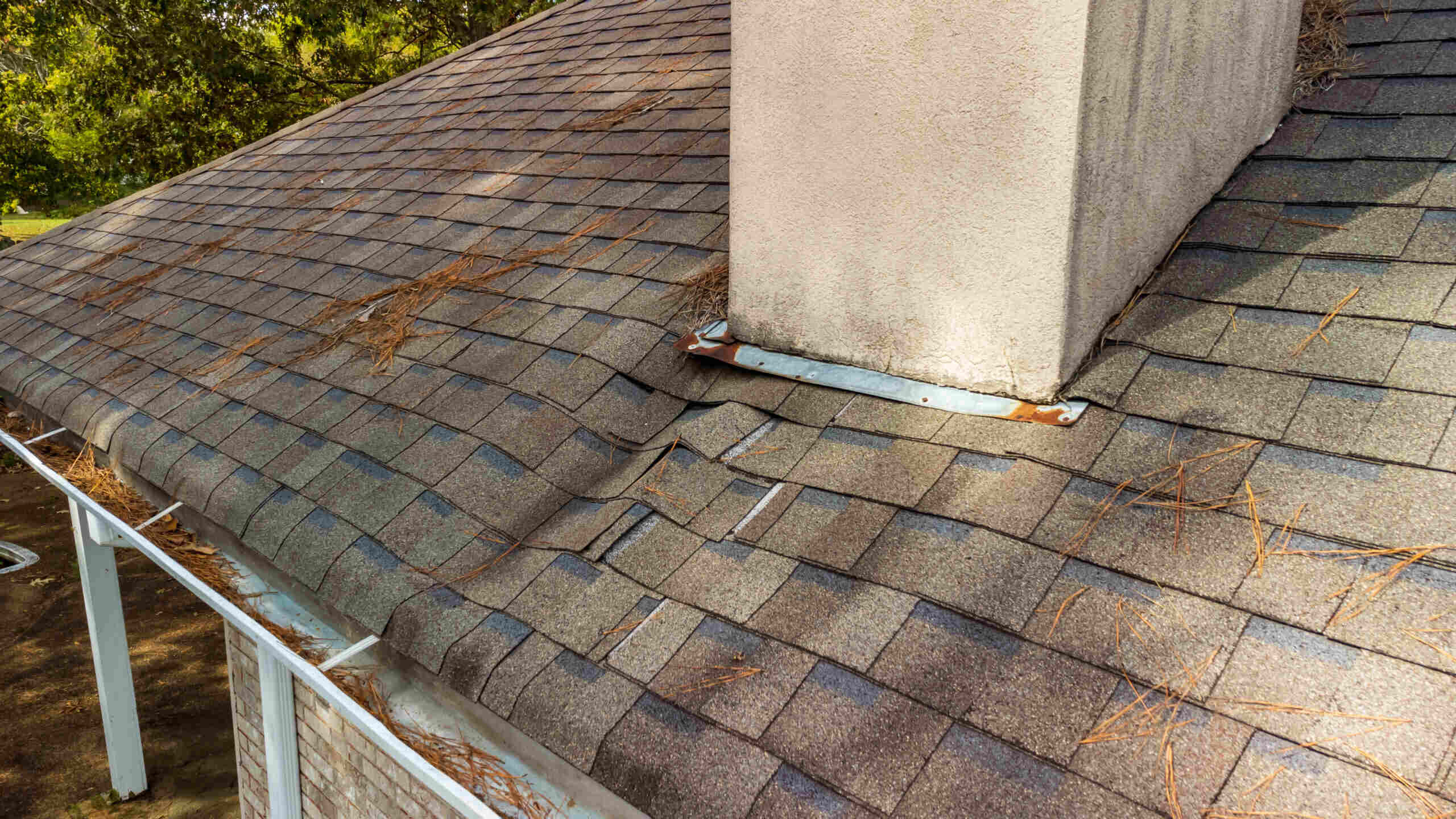

Articles
Why Does My Chimney Leak Water
Modified: February 24, 2024
Find articles on why chimneys leak water and learn how to fix this common problem. Stay dry with our helpful tips!
(Many of the links in this article redirect to a specific reviewed product. Your purchase of these products through affiliate links helps to generate commission for Storables.com, at no extra cost. Learn more)
Introduction
A chimney is an important component of any home with a fireplace or wood-burning stove. It provides ventilation for the smoke and harmful gases generated during the combustion process. However, homeowners may encounter a common problem with their chimneys – water leaks. The presence of water in the chimney can cause a range of issues, including structural damage, mold growth, and deterioration of the fireplace system.
Understanding the causes of chimney leaks is crucial in order to address the issue effectively. In this article, we will explore the most common reasons why chimneys leak water, as well as methods to detect, diagnose, and prevent these leaks from occurring.
Whether you have noticed water stains on your ceiling, a musty odor, or dampness around your fireplace, it is important to take chimney leaks seriously. Ignoring the problem can lead to costly repairs and potential safety hazards. By learning about the causes and solutions for chimney leaks, you can address the issue promptly and keep your chimney in good working condition.
Let’s delve into the common reasons behind chimney leaks and discuss preventive measures to ensure a safe and functional fireplace system in your home.
Key Takeaways:
- Preventive maintenance, including regular inspections, repairing damaged components, and improving insulation, is crucial in minimizing the risk of chimney leaks and preserving the integrity of your fireplace system.
- Promptly addressing chimney leaks, whether through professional diagnosis or immediate action upon noticing water stains, is essential to prevent further damage and maintain a safe and functional chimney.
Read more: Why Does My Refrigerator Leak Water
Understanding the Causes of Chimney Leaks
Chimney leaks can occur due to a variety of factors. The key to resolving the issue is identifying the underlying cause. By understanding the common culprits behind chimney leaks, homeowners can take appropriate measures to prevent and rectify the problem.
One of the primary causes of chimney leaks is a damaged or faulty chimney cap. The chimney cap is located at the top of the chimney and acts as a protective barrier against rain, debris, and animals. If the cap is cracked, corroded, or missing entirely, it can allow water to seep into the chimney system.
Another common reason for chimney leaks is an issue with the chimney crown. The chimney crown is a concrete or mortar slab that covers the top of the chimney, providing protection against water intrusion. Over time, the chimney crown can deteriorate due to exposure to harsh weather conditions, leading to cracks and gaps that allow water to enter the chimney structure.
Cracked chimney masonry is another culprit behind chimney leaks. The bricks or mortar joints of the chimney can deteriorate over time due to freeze-thaw cycles, excessive moisture, or aging. These cracks provide a pathway for water to penetrate the chimney, causing leaks and potential damage to the surrounding materials.
Faulty flashing is another factor that can contribute to chimney leaks. Flashing is a metal strip or sheet that seals the gap between the chimney and the roof, preventing water from entering. If the flashing becomes loose, damaged, or improperly installed, water can seep through the gaps and infiltrate the chimney.
Condensation problems can also lead to chimney leaks. When warm air from the fireplace meets the cooler chimney surface, condensation can form. Over time, this moisture can accumulate and cause water damage. Proper insulation and ventilation can help mitigate condensation issues.
It’s important to note that chimney leaks are not always obvious. Sometimes, water stains on the ceiling, musty odors, or dampness around the fireplace may be the only indications of a leak. Therefore, it is essential to detect and diagnose chimney leaks promptly to prevent further damage.
In the next section, we will explore how to detect and diagnose chimney leaks, allowing homeowners to take appropriate action in a timely manner.
Common Reasons for Chimney Leaks
Chimney leaks can be caused by various factors, but some reasons are more common than others. By understanding these common culprits, homeowners can take proactive measures to prevent or address chimney leaks before they cause significant damage.
One of the most prevalent causes of chimney leaks is a damaged or faulty chimney cap. The chimney cap serves as a protective barrier, preventing rain, debris, and animals from entering the chimney. If the cap is cracked, corroded, or improperly installed, it can allow water to seep into the chimney.
The chimney crown is another component that can contribute to chimney leaks. The chimney crown is a concrete or mortar slab that covers the top of the chimney, providing protection against water intrusion. Over time, exposure to harsh weather conditions can cause the crown to crack or deteriorate, allowing water to enter the chimney system.
Cracked chimney masonry is also a common culprit behind chimney leaks. The constant exposure to the elements, freeze-thaw cycles, and aging can cause the bricks or mortar joints of the chimney to develop cracks. These cracks create openings for water to penetrate, leading to leaks and potential structural damage.
Faulty flashing is another reason why chimneys may leak. Flashing is a metal strip or sheet installed at the joint between the chimney and the roof to create a watertight seal. If the flashing becomes loose, damaged, or improperly installed, water can seep through the gaps and infiltrate the chimney, resulting in leaks.
Condensation problems can also contribute to chimney leaks. When warm air from the fireplace meets the cooler chimney surface, condensation can form. Over time, this moisture can accumulate and cause water damage to the chimney and surrounding materials. Proper insulation and ventilation can help reduce condensation and prevent leaks.
It’s important to note that chimney leaks are not always immediately noticeable. In some cases, homeowners may only become aware of a chimney leak when they notice water stains on the ceiling, a musty odor, or dampness near the fireplace. Therefore, it’s crucial to detect and diagnose chimney leaks as early as possible to prevent further damage.
In the next section, we will discuss the specific issues associated with each of these common causes and offer potential solutions to address and prevent chimney leaks.
Damaged Chimney Cap
A chimney cap plays a crucial role in protecting your chimney from various external elements, including water. It acts as a barrier, preventing rain, debris, animals, and other unwanted materials from entering the chimney. Unfortunately, a damaged or faulty chimney cap can lead to chimney leaks.
There are several ways in which a chimney cap can become damaged. Over time, exposure to harsh weather conditions, such as heavy rain, wind, and snow, can cause the cap to deteriorate. Additionally, falling branches or debris can cause cracks or breakages in the cap. It’s also not uncommon for animals to attempt to build nests or seek refuge in chimneys, potentially causing damage to the cap.
When a chimney cap is damaged, water can easily make its way into the chimney system. This water intrusion can cause significant issues, including water damage to the chimney interior, rusting of the fireplace components, and even structural damage to the chimney itself.
To address a damaged chimney cap, it is important to have it inspected and repaired or replaced if necessary. A professional chimney technician can determine the extent of the damage and recommend the appropriate course of action. In some cases, a simple repair, such as sealing cracks or replacing a damaged section, may be sufficient. In more severe cases, a complete replacement of the chimney cap may be necessary.
Preventing chimney cap damage can be achieved through regular maintenance. Inspecting the cap for any signs of wear and tear, such as cracks or corrosion, is crucial. Cleaning the cap regularly to remove debris and ensuring it is securely attached can also help prevent damage. It is also recommended to have a professional chimney inspection and maintenance performed annually to catch any potential issues early on.
By addressing a damaged chimney cap promptly and taking steps to prevent further damage, you can effectively reduce the risk of chimney leaks and maintain a well-protected chimney system.
Chimney Crown Issues
The chimney crown is a vital component of your chimney’s structure. It is a concrete or mortar slab that covers the top of the chimney, acting as a protective barrier against water intrusion. However, over time, chimney crown issues can arise, leading to chimney leaks.
One common problem with chimney crowns is cracking. Cracks can develop due to exposure to harsh weather conditions, freeze-thaw cycles, and general wear and tear. These cracks allow water to seep into the chimney structure, leading to leaks and potential damage to the chimney interior and surrounding materials.
In addition to cracking, chimney crowns can also experience deterioration. Over time, constant exposure to the elements can cause the crown to crumble, leading to gaps and openings through which water can enter. This deterioration can compromise the integrity of the chimney and its ability to effectively prevent water leaks.
To address chimney crown issues, it is essential to have the crown inspected by a professional chimney technician. They can assess the extent of the damage and recommend the most appropriate course of action. In some cases, minor cracks can be repaired using specialized sealants, while more extensive damage may require a complete crown rebuild or replacement.
Prevention is key when it comes to chimney crown issues. Regular maintenance, including yearly inspections and repairs as needed, can help identify any potential issues with the crown before they worsen. Additionally, applying a waterproof sealant to the chimney crown can provide an extra layer of protection against water penetration.
It’s important to note that fixing chimney crown issues should be handled by qualified professionals. Attempting DIY repairs can lead to further damage and may not effectively address the underlying problem. By entrusting the repair or replacement of your chimney crown to experienced chimney technicians, you can ensure that the issue is resolved correctly and minimize the risk of future chimney leaks.
Addressing chimney crown issues promptly and taking preventative measures can help maintain the integrity of your chimney and prevent water leaks, ensuring the longevity and functionality of your fireplace system.
Read more: Why Is My Water Pump Leaking
Cracked Chimney Masonry
One of the common causes of chimney leaks is cracked chimney masonry. Over time, exposure to the elements, freeze-thaw cycles, and aging can cause the bricks or mortar joints of the chimney to develop cracks. These cracks can provide a pathway for water to penetrate the chimney structure, leading to leaks and potential damage.
Cracked chimney masonry can occur due to various factors. The repeated expansion and contraction caused by changes in temperature can cause the bricks or mortar to weaken and crack. Additionally, excessive moisture can deteriorate the masonry materials, further contributing to cracking.
When left unrepaired, cracked chimney masonry can lead to more serious problems. Water that enters through the cracks can cause damage to the chimney interior, as well as the adjacent materials. It can also weaken the structural integrity of the chimney, posing safety risks.
To address cracked chimney masonry, it is recommended to consult a professional chimney repair technician. They can assess the extent of the cracks and determine the appropriate repair method. Depending on the severity of the cracks, the technician may use techniques such as tuckpointing, which involves removing damaged mortar and replacing it with new mortar, or complete chimney rebuilding if the damage is extensive.
Preventing cracked chimney masonry can be achieved through proactive maintenance. Regular inspection of the chimney for any signs of cracks or deterioration is crucial. If any cracks are detected, it is important to have them repaired promptly to prevent further damage and potential chimney leaks.
Applying a waterproof sealant to the chimney masonry can provide an additional layer of protection against moisture infiltration. Regular cleaning of the chimney to remove debris and vegetation can also help prevent moisture-related issues that contribute to cracked masonry.
By addressing cracked chimney masonry in a timely manner and implementing proper preventive measures, homeowners can mitigate the risk of chimney leaks and preserve the longevity and functionality of their chimney and fireplace system.
Make sure the chimney cap is in good condition and properly installed to prevent water from entering. Check for any cracks or gaps in the chimney structure and repair them promptly.
Faulty Flashing
Faulty flashing is another common reason for chimney leaks. Flashing is a crucial component that creates a waterproof seal between the chimney and the roofline. It consists of metal strips or sheets that are installed to prevent water from seeping into the vulnerable areas where the chimney and roof meet.
There are several ways in which flashing can become faulty and lead to chimney leaks. Improper installation is a common issue where flashing may not be securely attached or placed in the correct position. Over time, the flashing can become loose, especially with exposure to strong winds or severe weather conditions.
Deterioration is another factor that can cause faulty flashing. The constant exposure to elements like rain, snow, and UV rays can cause the flashing to corrode, rust, or develop holes or gaps. This deterioration weakens the effectiveness of the flashing in keeping water out, allowing it to enter the chimney and cause leaks.
To address faulty flashing, it is recommended to enlist the help of a professional chimney technician. They have the expertise and knowledge to inspect the flashing for any signs of damage, corrosion, or improper installation. If needed, they can repair or replace the flashing to ensure it is properly sealed and functioning effectively.
Prevention of faulty flashing can be achieved through regular maintenance and inspections. It is essential to have the flashing checked at least once a year to identify any potential issues before they escalate into larger problems. Additionally, keeping the area around the chimney clear of debris, such as leaves or branches, can help prevent damage to the flashing.
When it comes to repairing or replacing faulty flashing, it is crucial to rely on professionals with experience in chimney repairs. They can assess the specific needs of your chimney and ensure that the flashing is installed correctly to provide optimal protection against water intrusion.
By addressing faulty flashing promptly and incorporating regular maintenance practices, homeowners can significantly reduce the risk of chimney leaks and the associated water damage.
Condensation Problems
Condensation problems can contribute to chimney leaks and should not be overlooked. When warm air from the fireplace or heating system comes into contact with the cooler surfaces of the chimney, condensation can form. Over time, this moisture can accumulate and cause water damage to the chimney and surrounding materials.
Condensation is more likely to occur when there are temperature differences between the inside and outside of the chimney. It can be particularly prevalent in colder climates or during the winter months when the temperature differential is significant.
Several factors can contribute to condensation problems. Insufficient insulation or improper airflow in the chimney can allow warm air to come into direct contact with the chimney’s cooler inner surfaces, promoting the formation of condensation. Inadequate or blocked ventilation can also trap moist air inside the chimney, exacerbating the problem.
To address condensation problems, it is important to improve insulation and ventilation in the chimney. Adding insulation to the chimney interior or using insulating materials around the exterior of the chimney can help reduce the temperature differential, minimizing condensation. Ensuring proper airflow and ventilation within the chimney structure can also help expel excess moisture and prevent condensation buildup.
Regular chimney maintenance is key to preventing condensation problems. Cleaning the chimney regularly to remove soot, debris, and blockages can help maintain proper airflow and ventilation. It is also important to check for any signs of inadequate insulation or gaps that may allow warm air to come into direct contact with cooler chimney surfaces.
In humid climates or during periods of high humidity, using a dehumidifier in the vicinity of the chimney can help reduce moisture levels and minimize condensation. Additionally, using a fireplace or heating system in a controlled manner, avoiding excessive or prolonged use, can also mitigate condensation issues.
If condensation problems persist despite taking preventive measures, it is advisable to consult a professional chimney technician. They can assess the situation, identify any underlying issues, and provide appropriate solutions to address the condensation problem effectively.
By addressing condensation problems and implementing proper insulation and ventilation measures, homeowners can reduce the risk of chimney leaks caused by condensation and maintain a dry and efficient chimney system.
Chimney Leaks and Water Stains
When a chimney leaks, it can manifest in various ways, with water stains being one of the most noticeable signs. Water stains on ceilings, walls, or around the fireplace are indications of a chimney leak that should not be ignored.
Water stains typically appear as discolored patches or streaks on the affected surfaces. The severity and size of the stains can vary, ranging from small, faint marks to larger, more prominent discoloration. The location of the water stains can provide clues as to the source of the leak.
Water stains near the top of the chimney or on the ceiling directly below the chimney may indicate issues with the chimney crown, chimney cap, or faulty flashing. These components play a crucial role in preventing water from entering the chimney system and should be inspected if water stains are observed in these areas.
Stains on the wall surrounding the fireplace could be indicative of a cracked chimney masonry or a damaged chimney cap. If not addressed promptly, these leaks can lead to more significant structural damage and pose a safety risk.
It’s important to note that water stains may not always be directly underneath the source of the leak. Water can travel along beams, rafters, or other structural elements before becoming visible, making it challenging to pinpoint the exact location of the leak without proper inspection.
When water stains are noticed, it is crucial to take immediate action to prevent further damage. Ignoring these signs can lead to more extensive water infiltration, which can result in mold growth, deterioration of building materials, and compromised structural integrity.
If you notice water stains in your home, it is advisable to consult a professional chimney technician or a qualified contractor. These professionals have the experience and knowledge to conduct a thorough inspection and identify the source of the chimney leak.
Addressing chimney leaks promptly is crucial to prevent further damage. Depending on the specific issue, repairs may involve fixing damaged flashing, sealing cracks in the chimney masonry, replacing a faulty chimney cap, or performing other necessary repairs.
Regular chimney inspections and maintenance can help detect and address chimney leaks before they cause significant damage. By staying vigilant and taking action at the first signs of water stains, homeowners can protect their chimney system and maintain a safe and dry living environment.
Read more: Why Does My Window AC Leak Water
Detecting and Diagnosing Chimney Leaks
Detecting and diagnosing chimney leaks is crucial to address the issue promptly and prevent further damage to your chimney and home. While water stains are a visible sign of a chimney leak, there are other methods to identify and pinpoint the source of the problem.
One way to detect a chimney leak is through a visual inspection. Look for signs of water stains or discoloration on the ceilings, walls, or areas surrounding the fireplace. Pay attention to any signs of peeling paint or wallpaper, as well as the presence of mold or mildew. These signs may indicate an ongoing water intrusion issue.
Another method to detect chimney leaks is to observe the chimney during and after rainfall. Look for water dripping inside the fireplace or chimney, as well as any signs of moisture or pooling water around the base of the chimney. It may be helpful to use a flashlight to inspect the chimney thoroughly for any visible cracks, gaps, or missing components.
A chimney smoke test can also provide valuable information about chimney leaks. During this test, a professional technician will use special equipment to introduce smoke into the chimney while observing for any signs of smoke escaping from areas other than the chimney outlet. If smoke is detected in areas such as the attic or surrounding walls, it may indicate a leak in the chimney system.
In some cases, moisture meters or thermal imaging cameras can be used to determine the extent and location of water intrusion. These tools can detect hidden moisture within the chimney structure and assist in diagnosing the source of the leak.
Once a chimney leak is detected, it is important to diagnose the specific cause. This is best left to professional chimney technicians who have the expertise and knowledge to inspect the chimney thoroughly. They can assess the condition of the chimney cap, crown, flashing, masonry, and other components to determine the root cause of the leak.
It’s important to note that diagnosing chimney leaks may require a combination of visual inspections, technical tests, and professional expertise. Attempting to diagnose and fix chimney leaks without proper knowledge and experience can lead to ineffective repairs and potential safety hazards.
By relying on professional chimney technicians to detect and diagnose chimney leaks, homeowners can ensure that the issue is accurately identified and appropriately resolved. Prompt action based on a thorough diagnosis is essential to prevent further damage and preserve the integrity of the chimney system.
Prevention and Maintenance Tips
Preventing chimney leaks and maintaining the integrity of your chimney system requires regular maintenance and proactive measures. By implementing the following prevention tips, you can minimize the risk of chimney leaks and ensure a safe and functional fireplace system:
- Keep your chimney cap in good condition: Regularly inspect the chimney cap for any signs of damage, such as cracks or corrosion. Replace or repair a damaged cap promptly to prevent water from entering the chimney.
- Maintain the chimney crown: Check the chimney crown for cracks or deterioration. Repair or rebuild the crown as needed to ensure it provides adequate protection against water intrusion.
- Inspect the chimney masonry: Regularly examine the chimney bricks and mortar joints for any signs of cracking or deterioration. Address any issues promptly by sealing cracks or arranging for necessary repairs.
- Check the flashing: Ensure that the flashing around the chimney is in good condition and properly sealed. Repair or replace any loose or damaged flashing to prevent water from seeping into the chimney.
- Improve chimney insulation: Insulate the chimney to reduce temperature differentials and minimize condensation. Consult a professional to determine the appropriate insulation materials and methods for your chimney.
- Ensure proper chimney ventilation: Proper airflow and ventilation are essential to prevent condensation and reduce moisture buildup. Keep air vents and flues clear of obstructions and consider installing a chimney cap with mesh to discourage birds or animals from nesting.
- Schedule regular chimney inspections: Have your chimney inspected and cleaned at least once a year by a professional chimney technician. Regular inspections can identify any potential issues and allow for timely repairs.
- Be cautious with fireplace usage: Avoid overloading the fireplace with excessive amounts of wood or using wet or green wood, as this can lead to increased creosote buildup and potential chimney obstructions. Follow proper fireplace operation guidelines to maintain optimal efficiency and minimize the risk of chimney fires.
- Monitor moisture levels: Keep an eye on the humidity levels inside your home. Excessive moisture can contribute to chimney leaks and other issues. Use dehumidifiers in humid areas or during high humidity seasons to help regulate moisture levels.
- Address any signs of chimney leaks promptly: If you notice water stains, dampness, or other indications of chimney leaks, take immediate action. Contact a professional chimney technician to diagnose and fix the issue before it causes further damage.
By following these prevention and maintenance tips, you can significantly reduce the likelihood of chimney leaks and maintain a safe and functional chimney system. Keeping your chimney in optimal condition ensures that you can enjoy your fireplace while protecting your home from potential water damage and other related problems.
Conclusion
Chimney leaks can be a frustrating and potentially damaging issue for homeowners. Understanding the common causes and taking preventive measures can help minimize the risk of chimney leaks and ensure a safe and functional fireplace system.
Damaged chimney caps, chimney crown issues, cracked chimney masonry, faulty flashing, and condensation problems are among the common culprits behind chimney leaks. Prompt detection and diagnosis of chimney leaks are crucial in addressing the issue before it leads to more significant damage.
It is essential to practice regular chimney maintenance and inspections to prevent chimney leaks. This includes keeping the chimney cap in good condition, maintaining the chimney crown, conducting regular inspections of the masonry and flashing, improving insulation and ventilation, and scheduling professional chimney inspections and cleanings.
If you notice water stains or any other signs of chimney leaks, it is crucial to take immediate action. Consult with a professional chimney technician to diagnose the issue accurately and perform the necessary repairs or replacements.
By implementing these preventive measures and addressing chimney leaks promptly, you can maintain the integrity of your chimney system, minimize water damage to your home, and enjoy the warmth and comfort of your fireplace with peace of mind.
Remember, chimney maintenance and repairs should be handled by qualified professionals to ensure proper and safe solutions. Regular care and attention to your chimney will go a long way in preserving its functionality and protecting your home for years to come.
Frequently Asked Questions about Why Does My Chimney Leak Water
Was this page helpful?
At Storables.com, we guarantee accurate and reliable information. Our content, validated by Expert Board Contributors, is crafted following stringent Editorial Policies. We're committed to providing you with well-researched, expert-backed insights for all your informational needs.
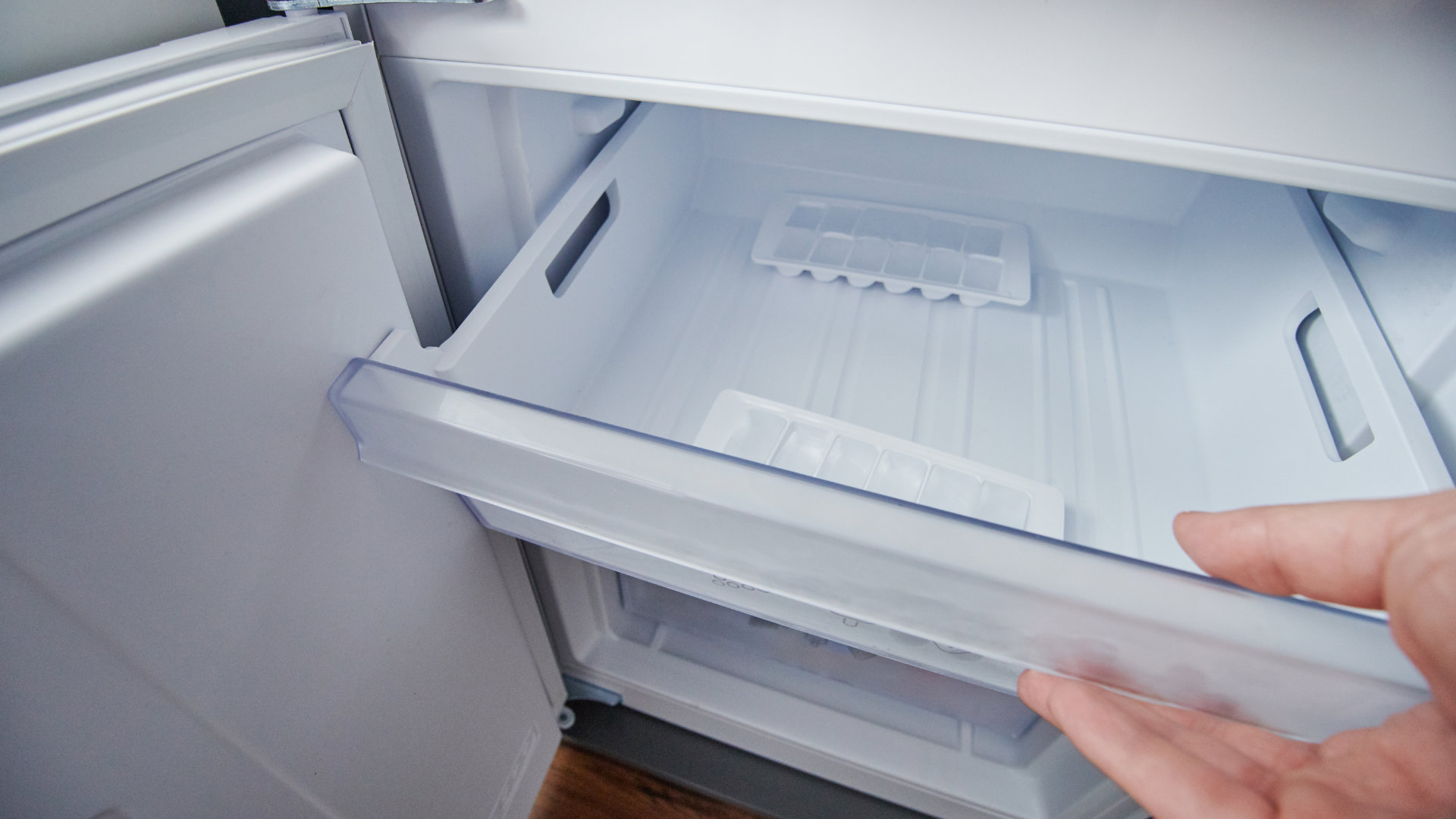
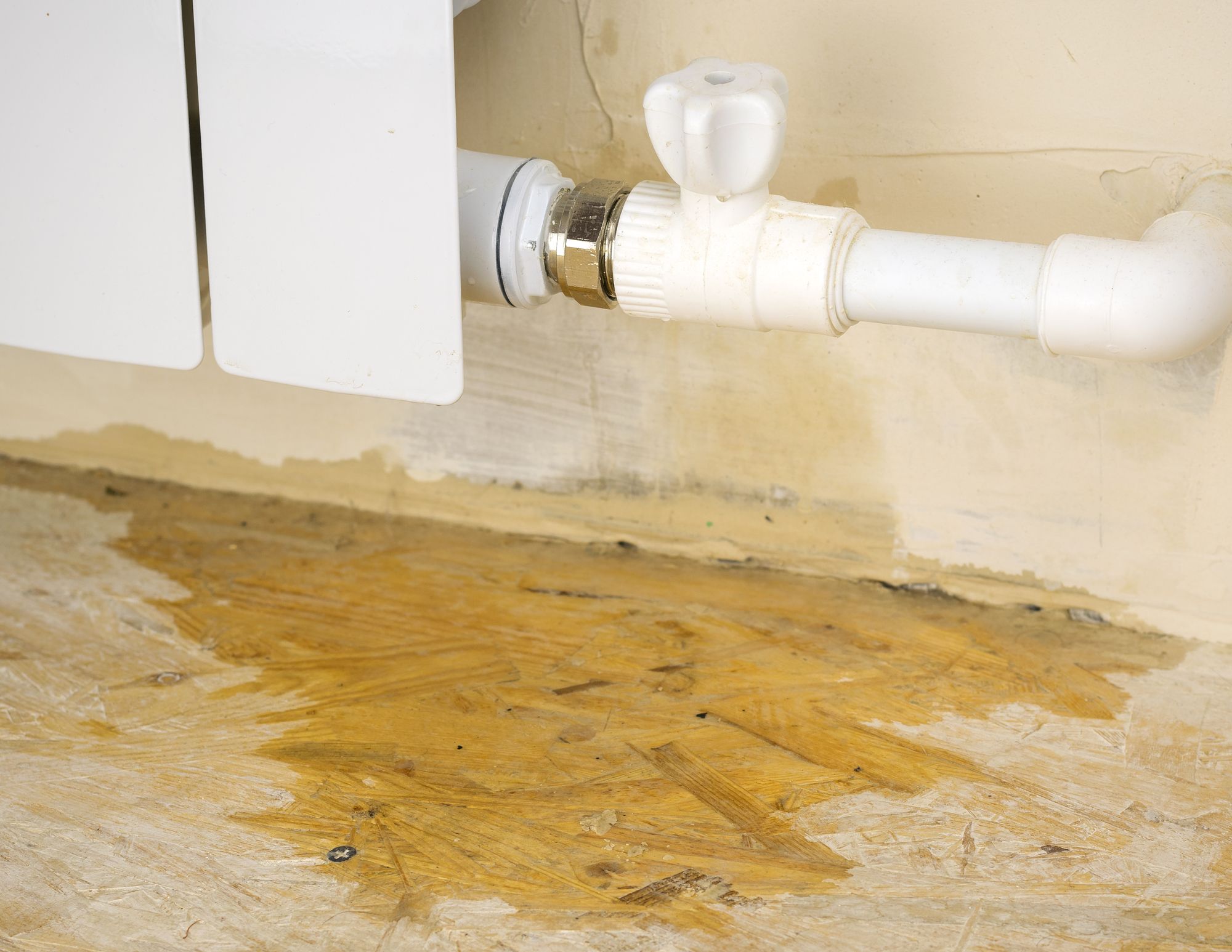
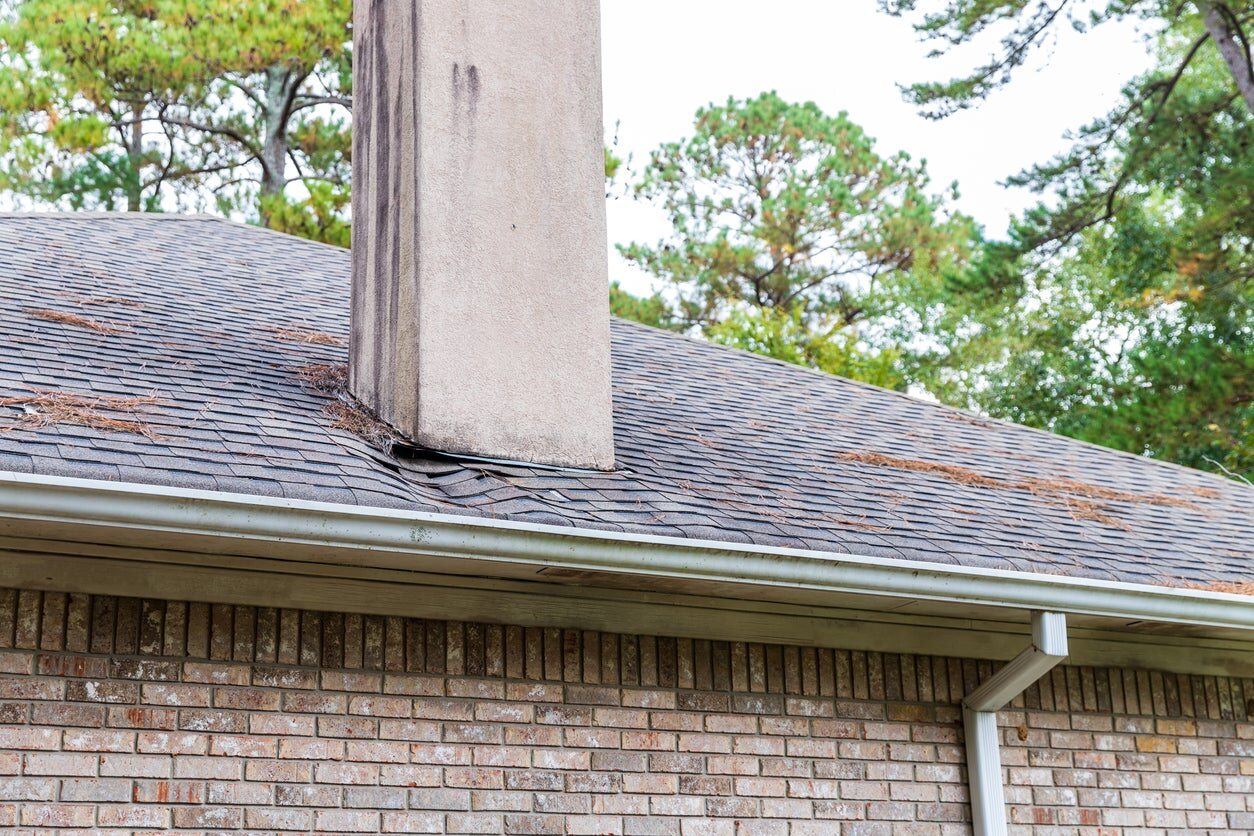
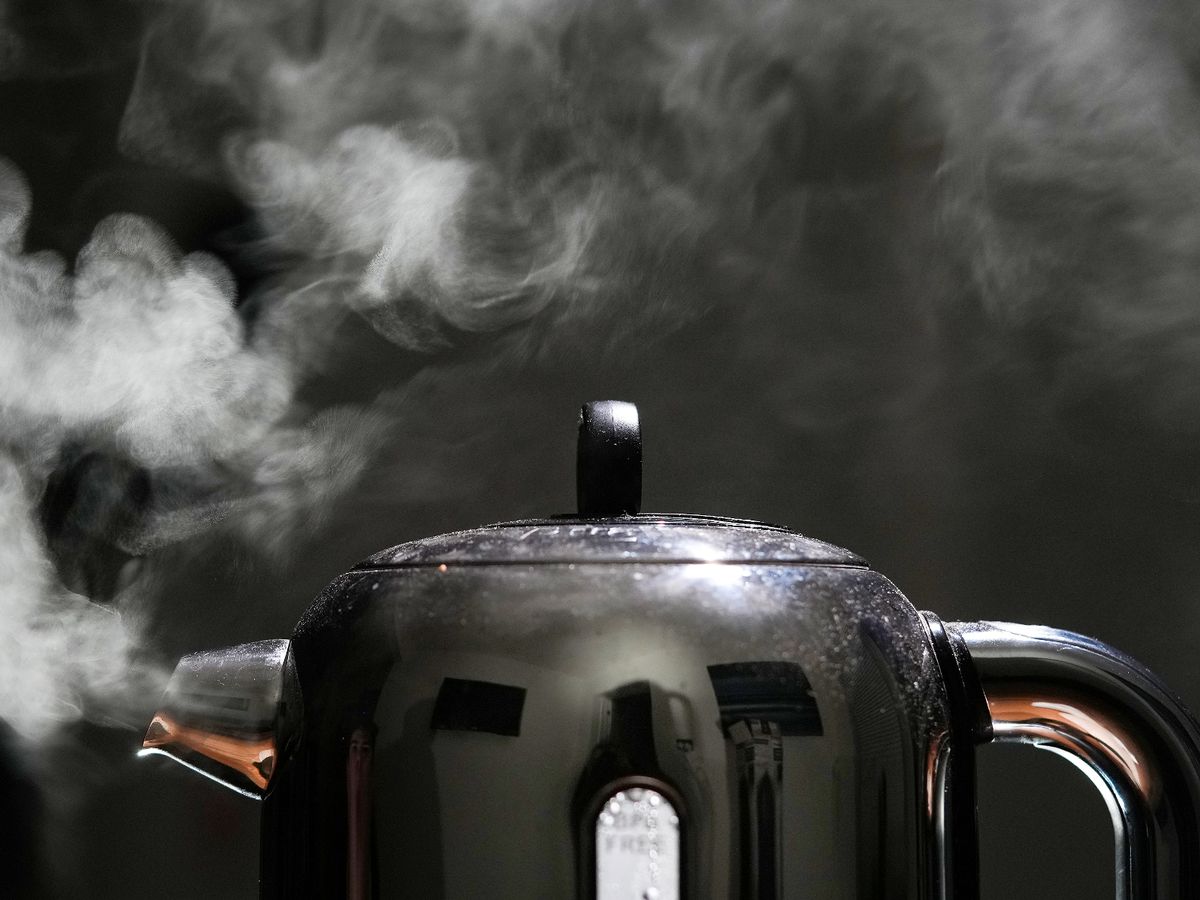
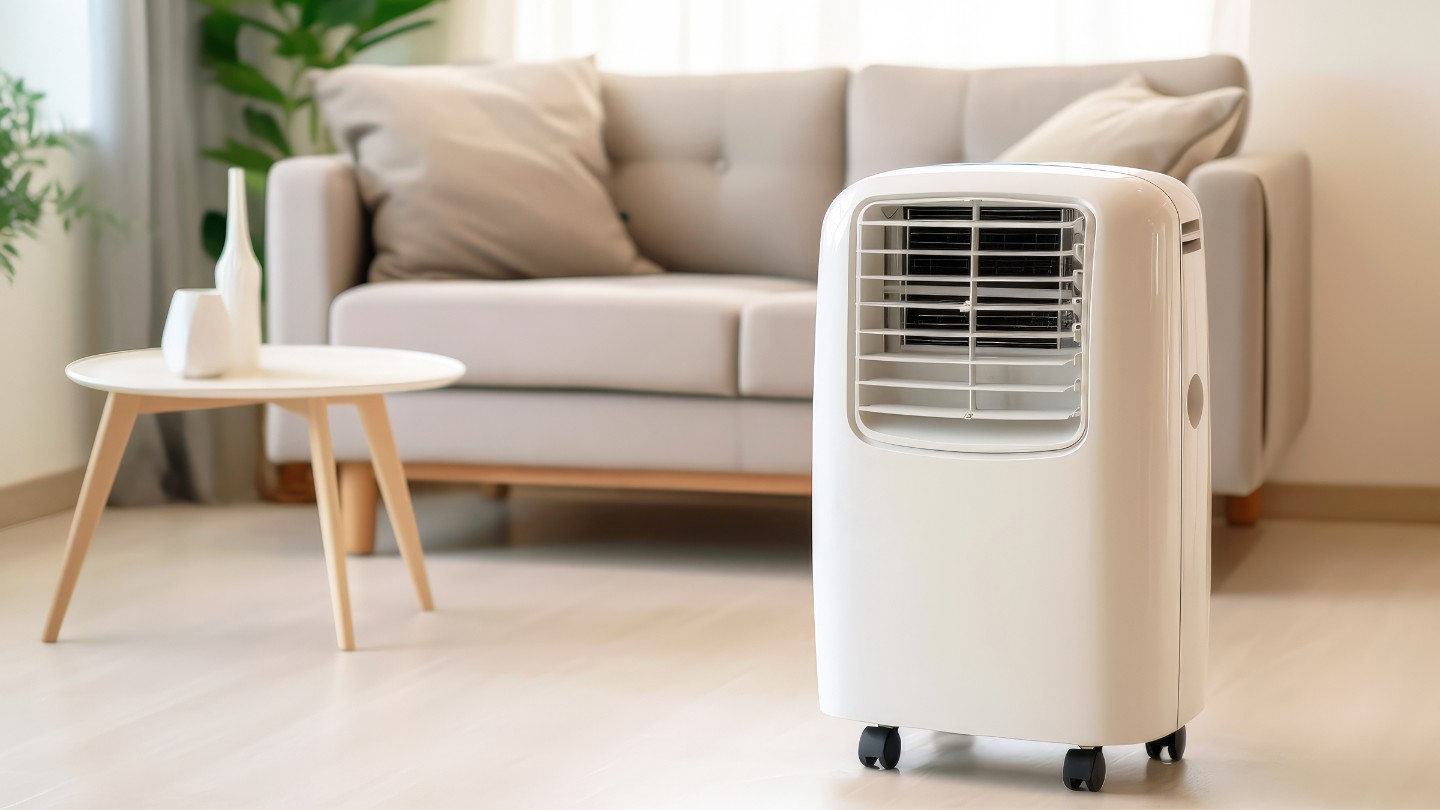
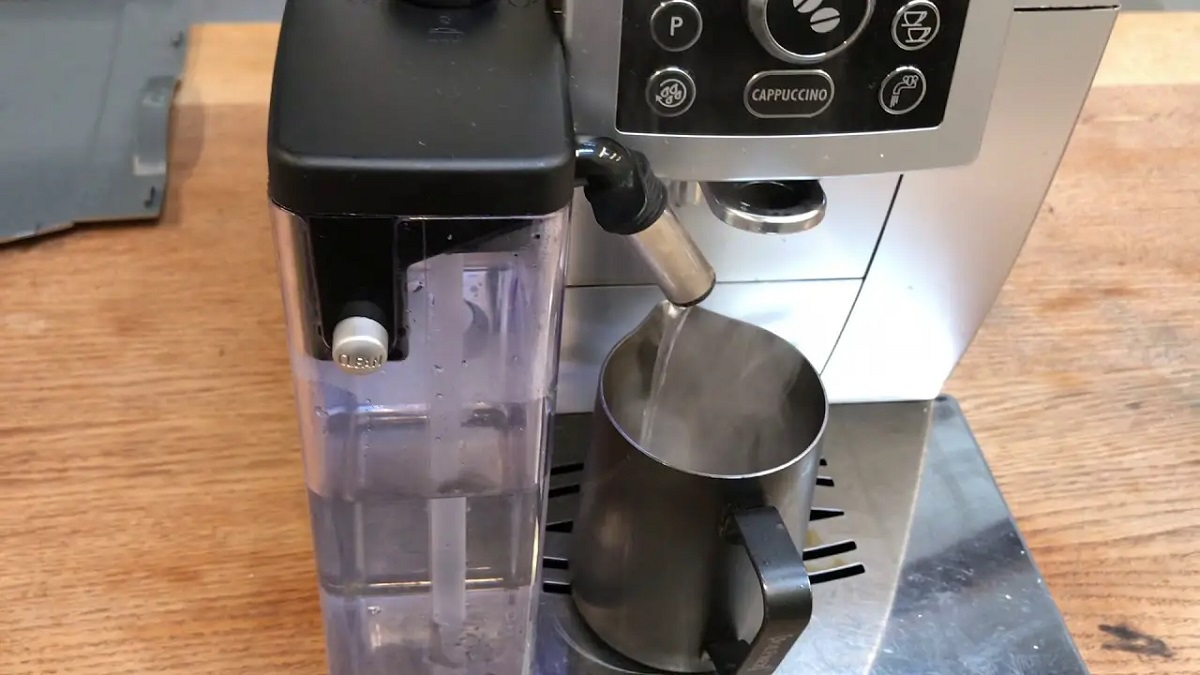
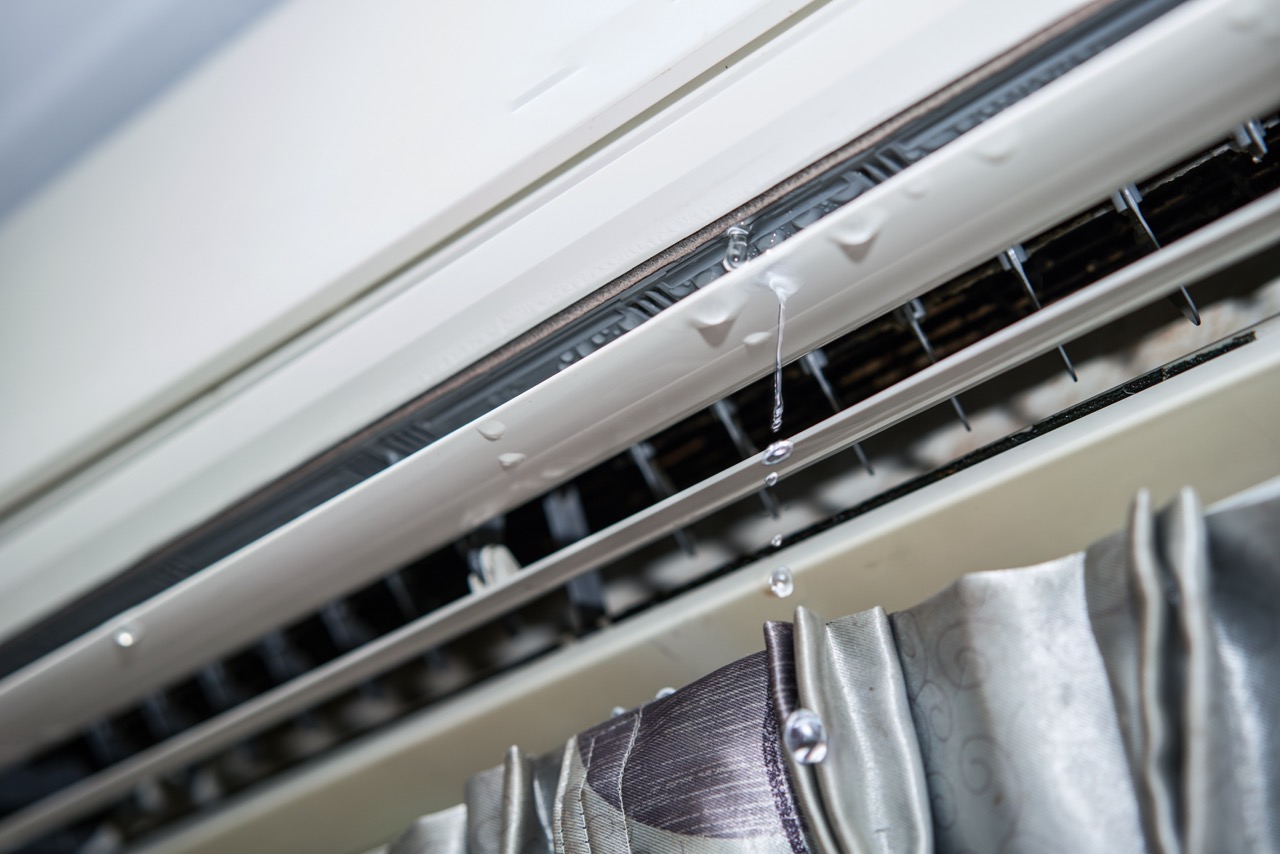
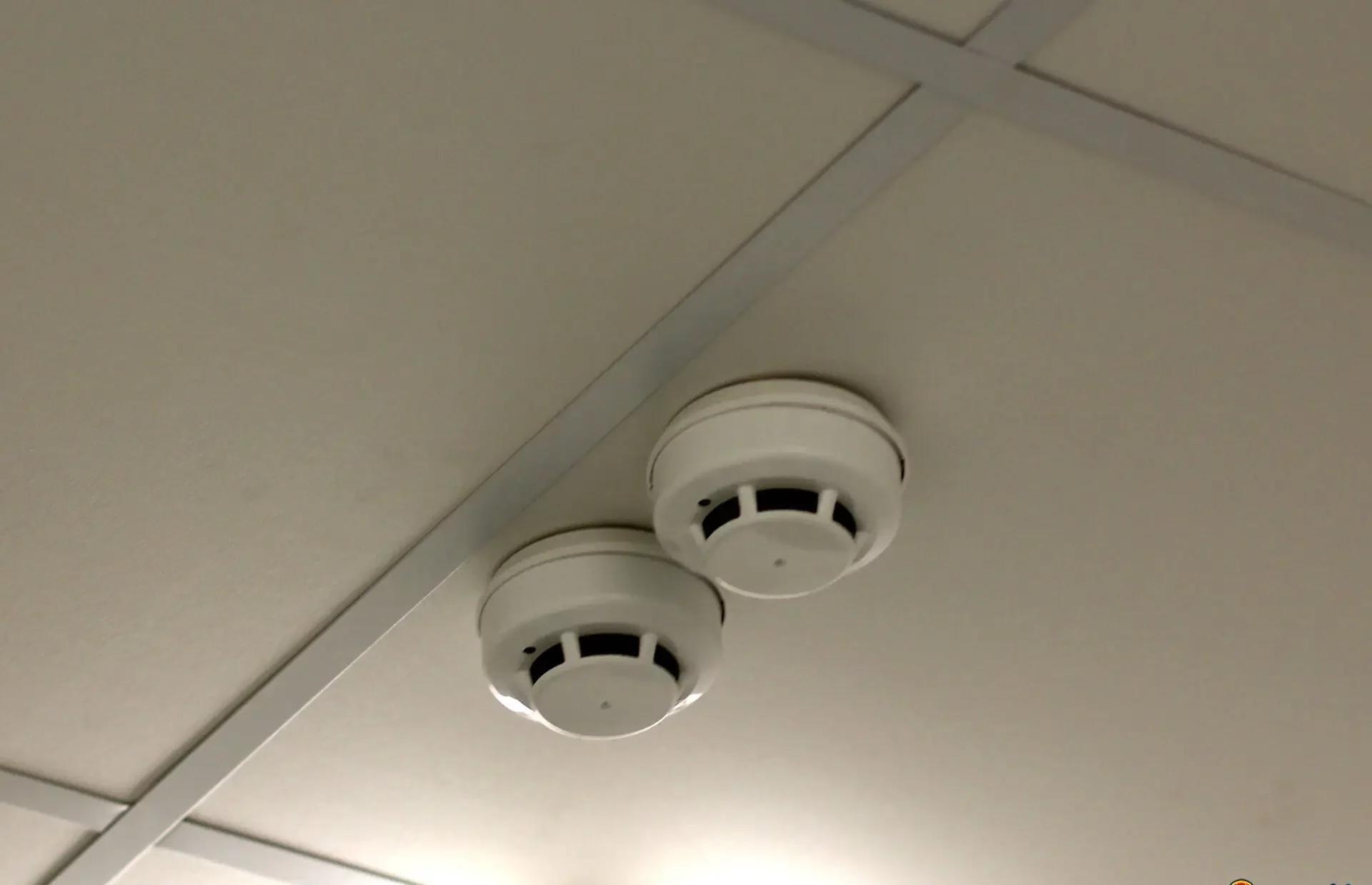
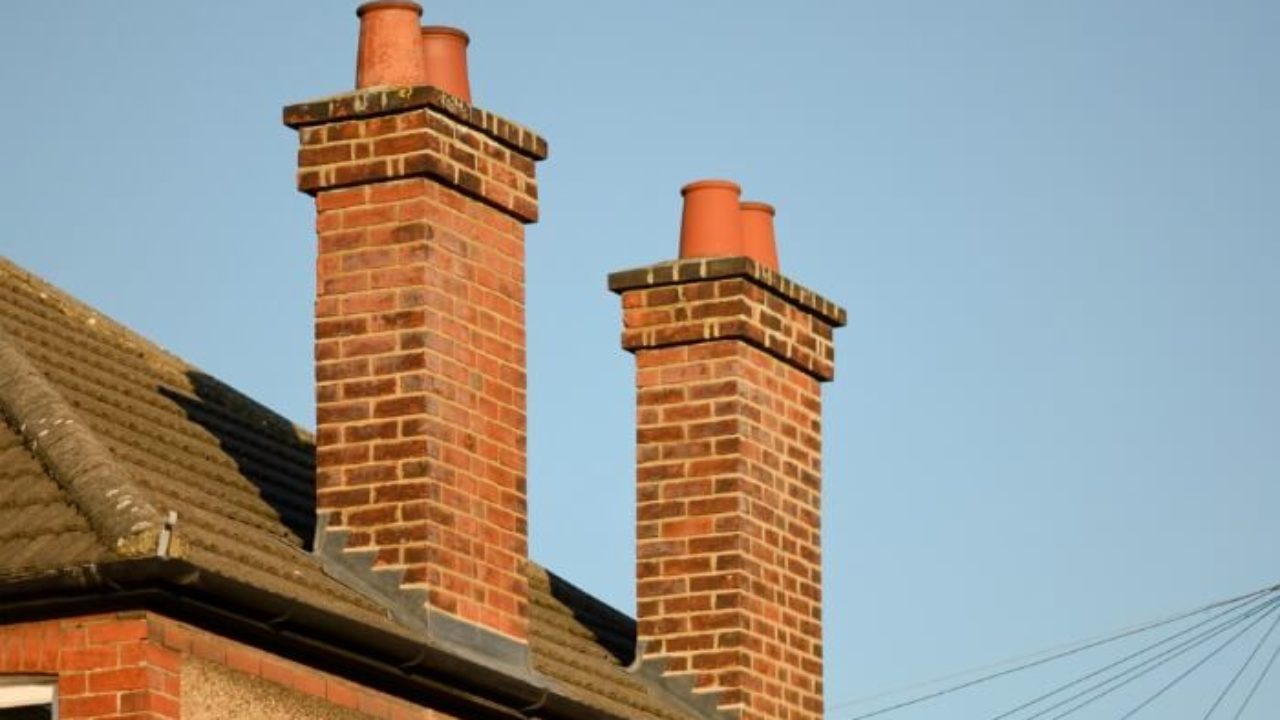

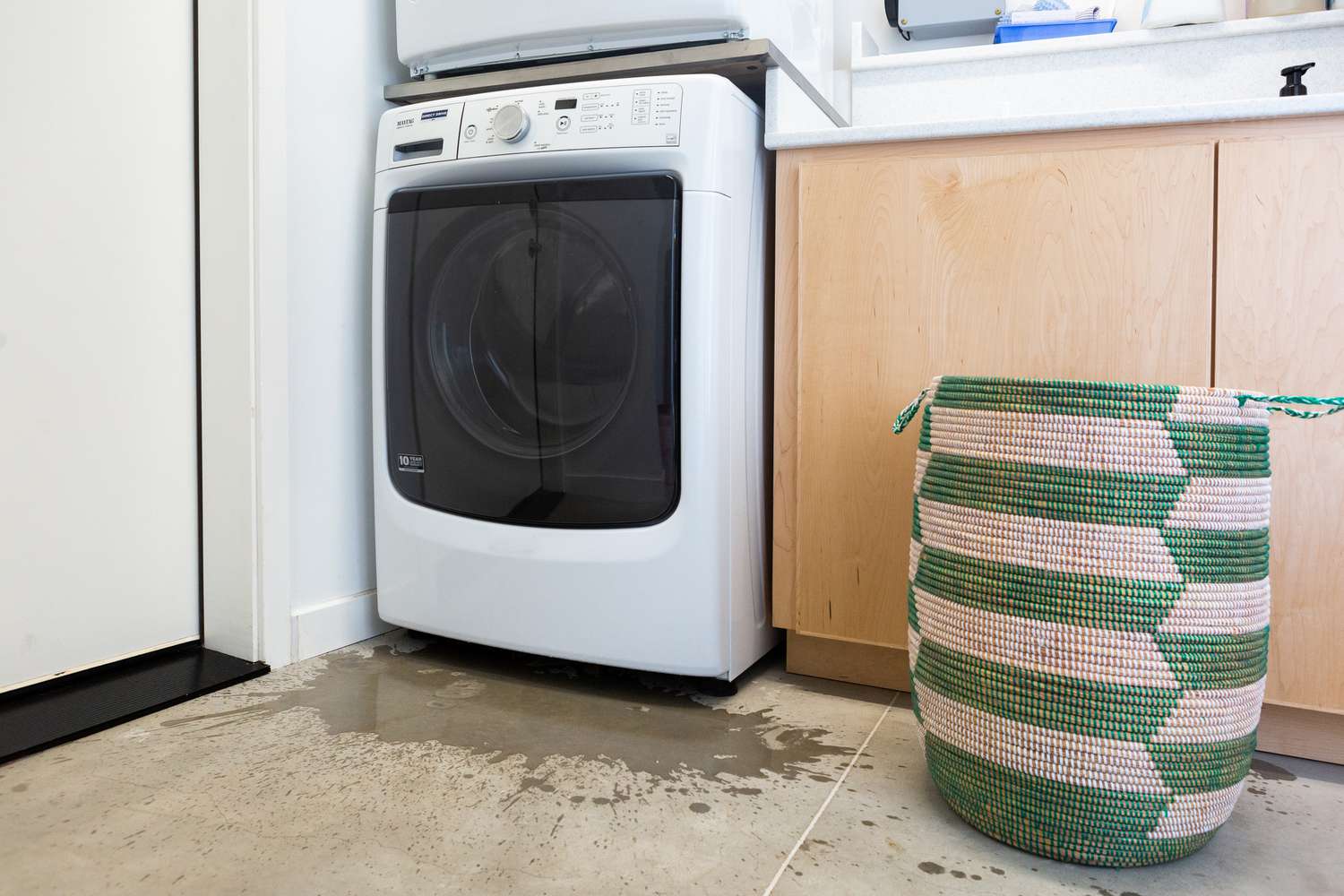
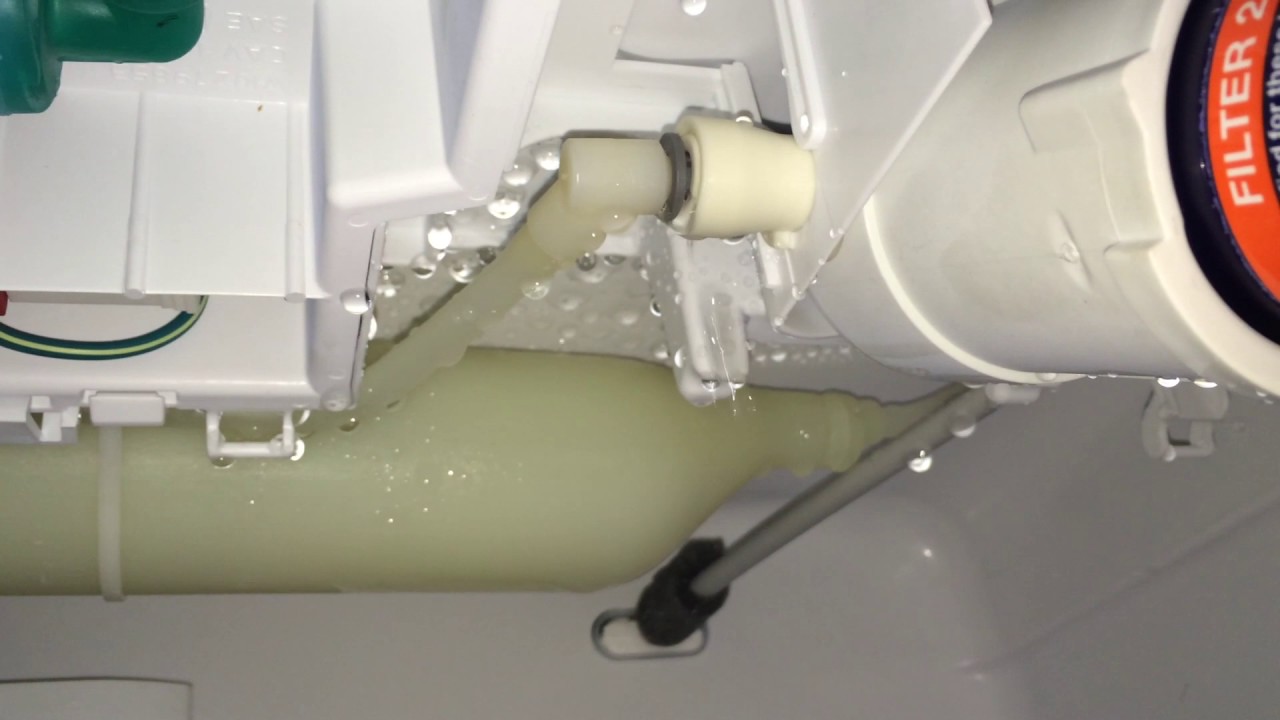
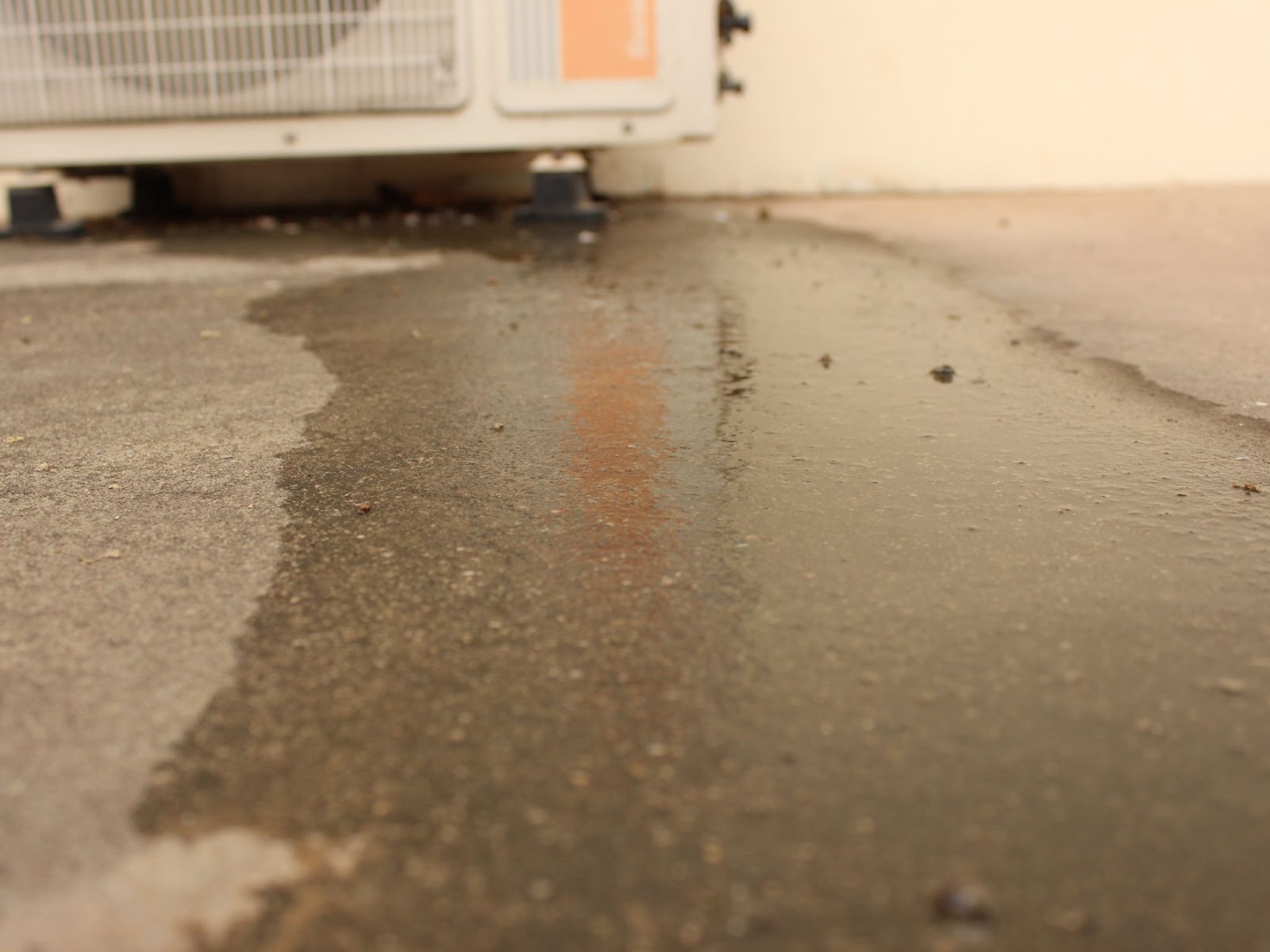

0 thoughts on “Why Does My Chimney Leak Water”